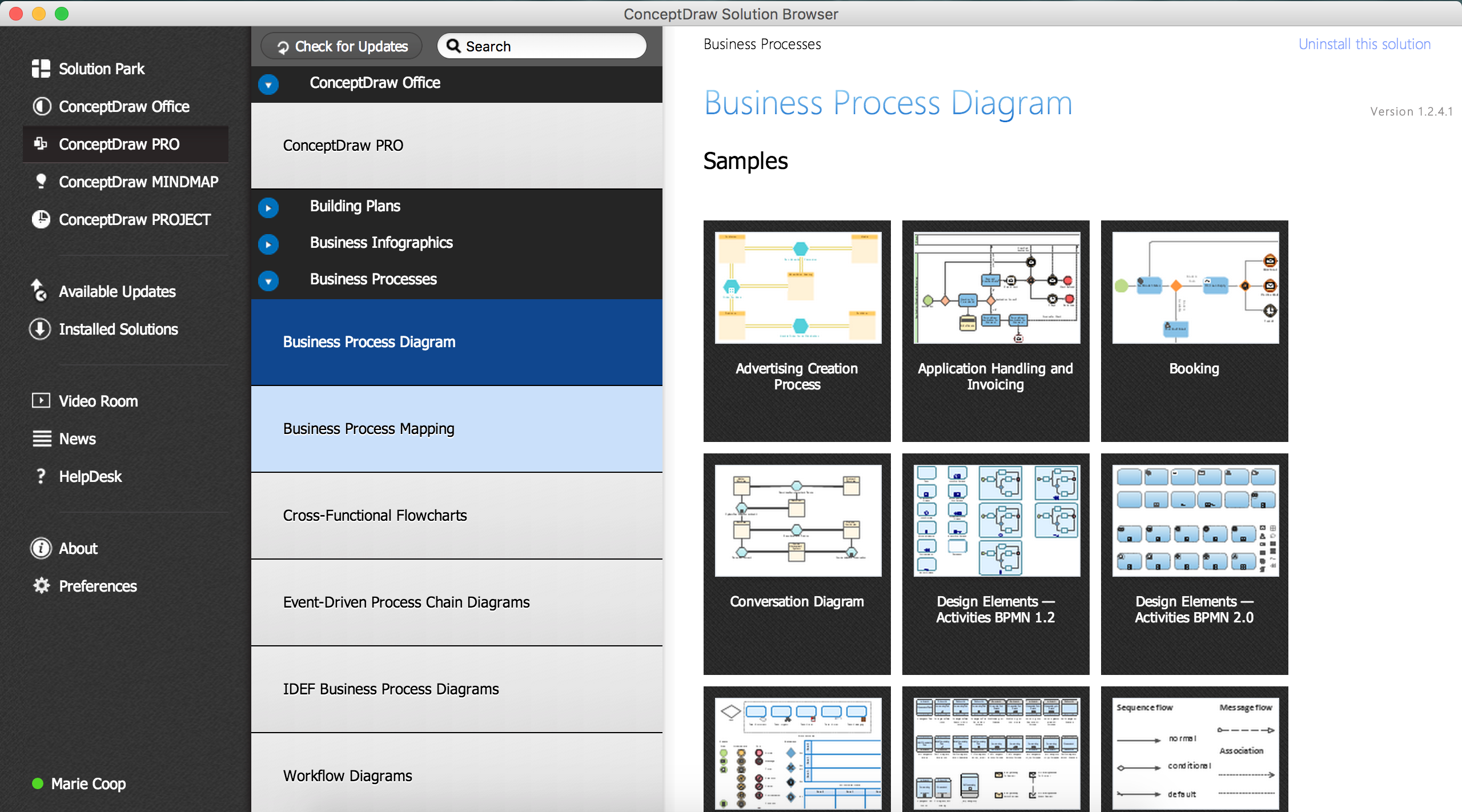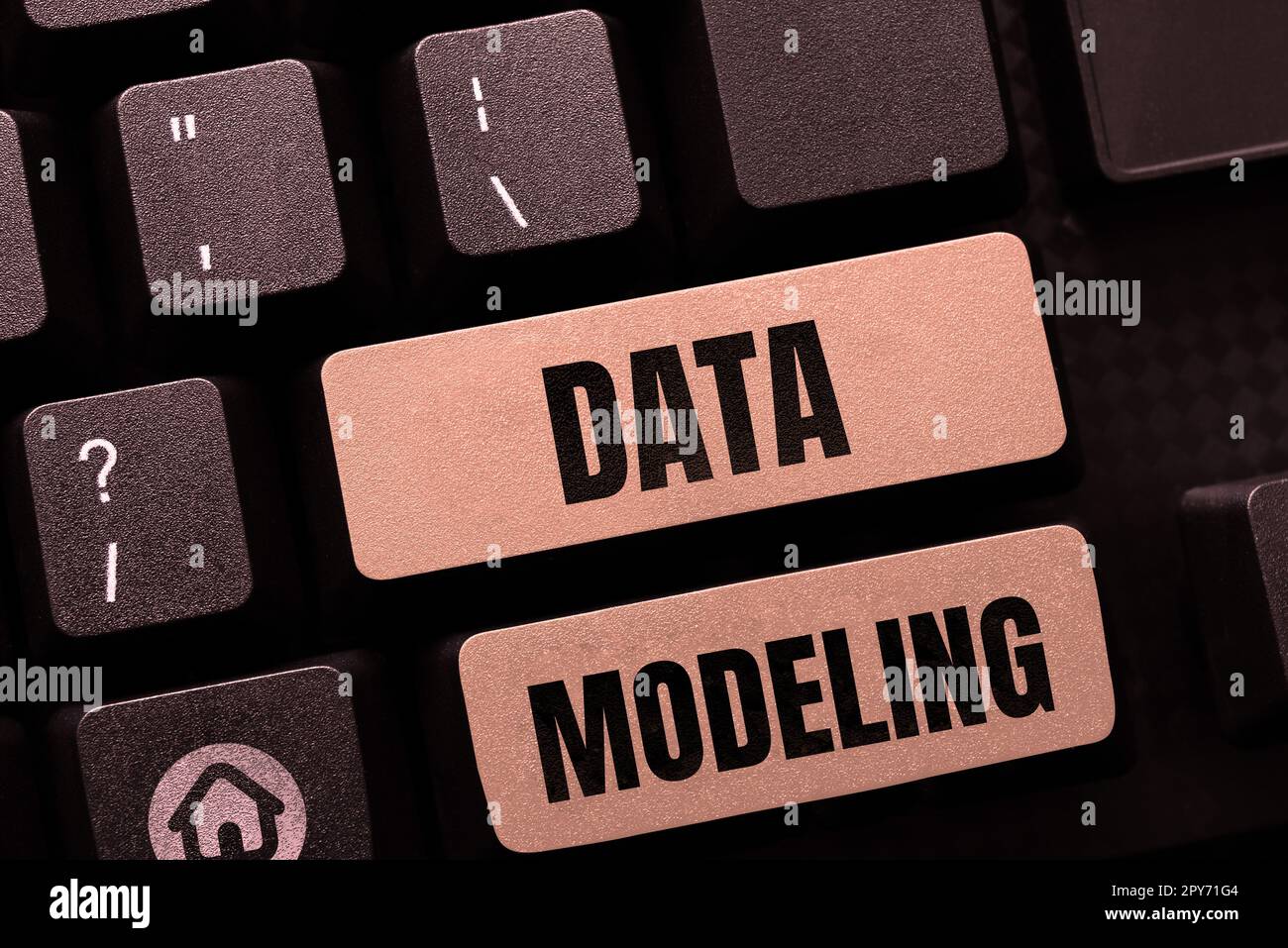

The company traced and updated its processes with process modelling to ensure compliance and optimization. Business leaders can optimize and standardize these processes based on their insights.Ĭofco International 1, one of China’s largest food and agriculture companies, applied process modeling to visualize and understand their compliance with the country-based laws and grain standards across different countries.

Process modeling helps organizations understand internal procedures, rules and standards to align other processes that do not follow the required structure. Ensure process standardization and optimization The bank detected several tasks to simplify and clarify during the modelling, which improved their case resolution by 75%. HSA Bank 1 benefited from process modeling to understand and analyze their processes. Process modeling helps understand how processes function with all steps and identify the factors that bring loops, repetitive works or errors, and the elements that bring efficiency and success. The advantages process modeling offers to include: 1. The graphical representation of the processes facilitates business leaders and analysts to inspect and improve process efficiency accordingly. Systems and devices used in the process.Decision points together with the paths and outcomes.The people involved in these activities and events.By including every individual step, process models provide an end-to-end overview of the tasks and activities in business processes.

Process modeling is the practice of visualizing business processes and workflows. This article explains process modeling and its top five business use cases. Process modeling enables analysts to discover, visualize, analyze, and improve business processes while estimating the success of a modification to a business strategy. Business process modeling which is a data-driven method used under business process management can help overcome this challenge. Yet, business analysts often do not know every activity and steps involved in processes despite interviewing with employees who directly involved in the processes. Process management allows companies to improve their processes so that they can enhance their process efficiency and customer satisfaction while decreasing cost.


 0 kommentar(er)
0 kommentar(er)
